Transforming cityscapes: the power of mural art
Mural art, a form of artistic expression that decorates walls and surfaces in public spaces, has a rich history that dates back to ancient civilizations. From the frescoes of Pompeii to the political murals of Mexico, these large-scale paintings have always been a powerful medium for storytelling and representation of cultural identity.
As cities grew, murals became a canvas for social commentary and public discourse. The 20th century saw murals emerge as tools for social change, with artists like Diego Rivera using walls to depict and critique societal issues. Today, murals are integral to urban aesthetics, transforming bland facades into vibrant displays of creativity.
The Impact of Mural Art on Cities
Murals have the power to turn neglected areas into focal points of beauty, often sparking a chain reaction of improvement and care within communities. They can revitalize rundown districts, turning them into outdoor galleries that invite residents and visitors alike to engage with the space.
By reflecting the cultural, historical, and social narratives of a neighborhood, murals contribute to a sense of identity and belonging. They serve as a visual representation of a community's values and aspirations, often becoming landmarks that instill pride among residents.
Murals are not just decorative; they are educational tools that can narrate local history or highlight important social issues. They provide accessible art education, stimulate critical thinking, and can be used to engage schools and community groups in cultural discussions.
Mural Art as a Tool for Urban Development
Strategically placed murals can become tourist attractions, drawing visitors and fostering economic development. They can enhance the appeal of commercial areas, encouraging spending in local businesses and contributing to the vibrancy of the economy.
Murals can empower local communities by involving them in the creation process. This participatory approach builds a sense of ownership and responsibility towards the artwork and the surrounding environment.
Artists can use murals as a platform to raise awareness and provoke thought on social issues. These public artworks can become catalysts for conversation and change, highlighting topics such as environmental conservation, social justice, and community solidarity.
Implementing Mural Projects in Urban Environments
Successful mural projects often result from collaborative efforts that bring together artists, community members, and urban developers. This synergy ensures that the artwork resonates with the public and aligns with broader urban development goals.
While murals have many benefits, implementing them comes with challenges such as funding, maintenance, and navigating public and private space regulations. A clear understanding of these factors is crucial for the sustainability of mural projects.
To ensure the longevity and impact of mural art, best practices include engaging with local stakeholders, using high-quality materials, and considering the long-term maintenance of the artworks. These practices help to create lasting and meaningful contributions to the urban landscape.
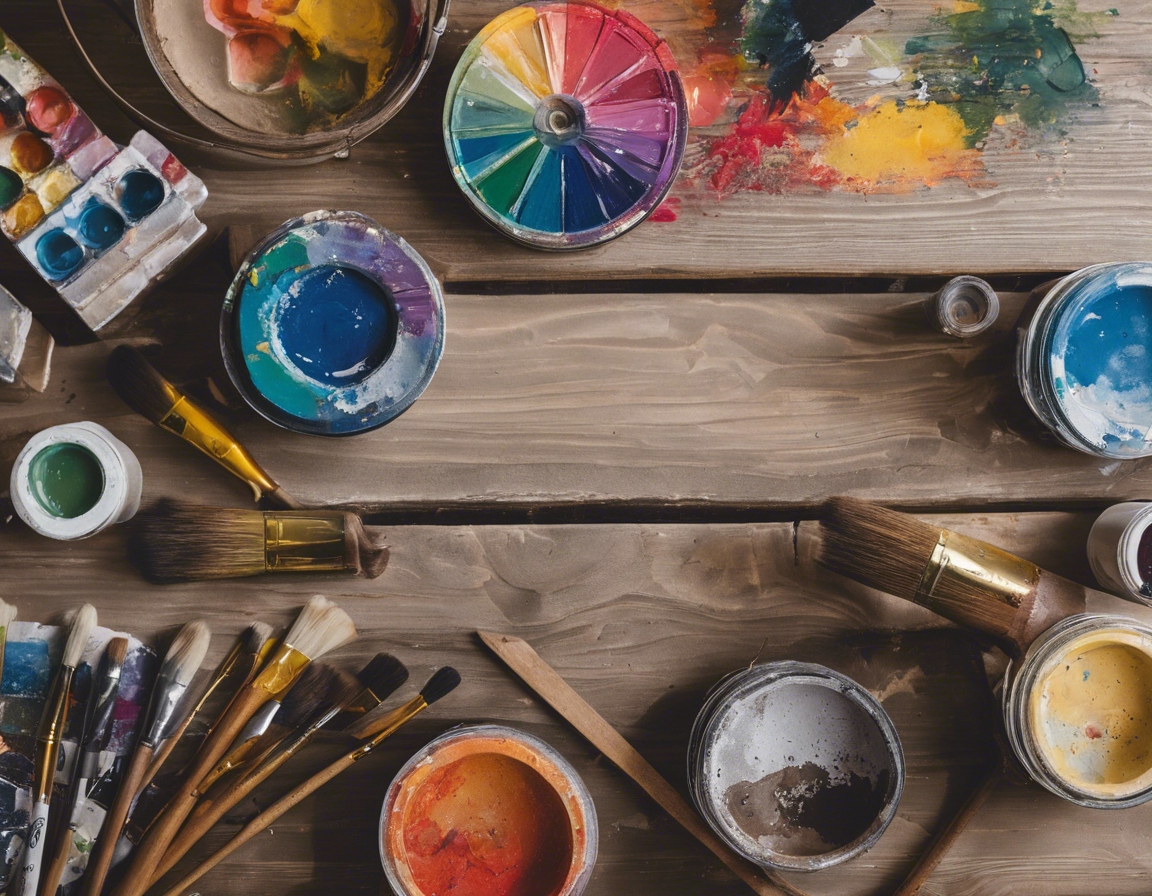
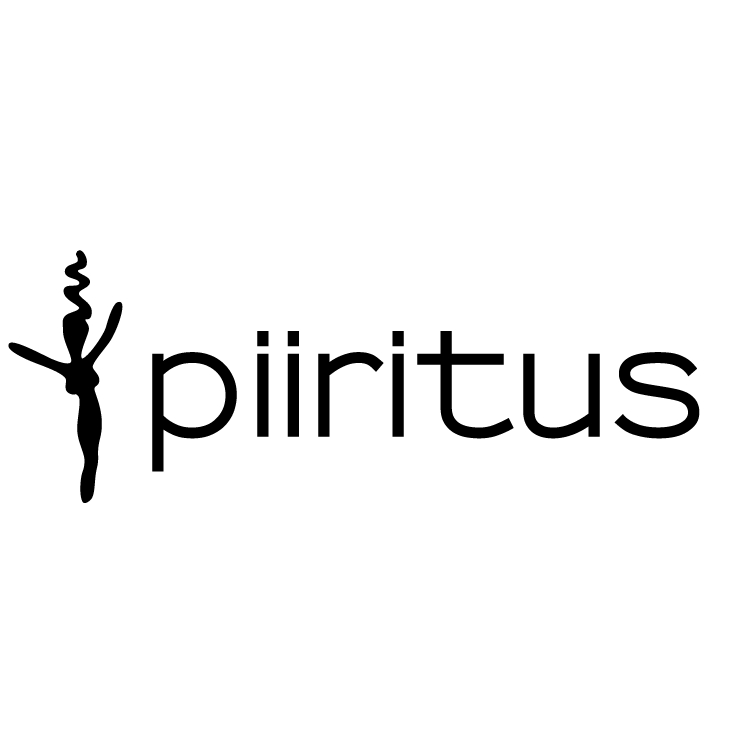
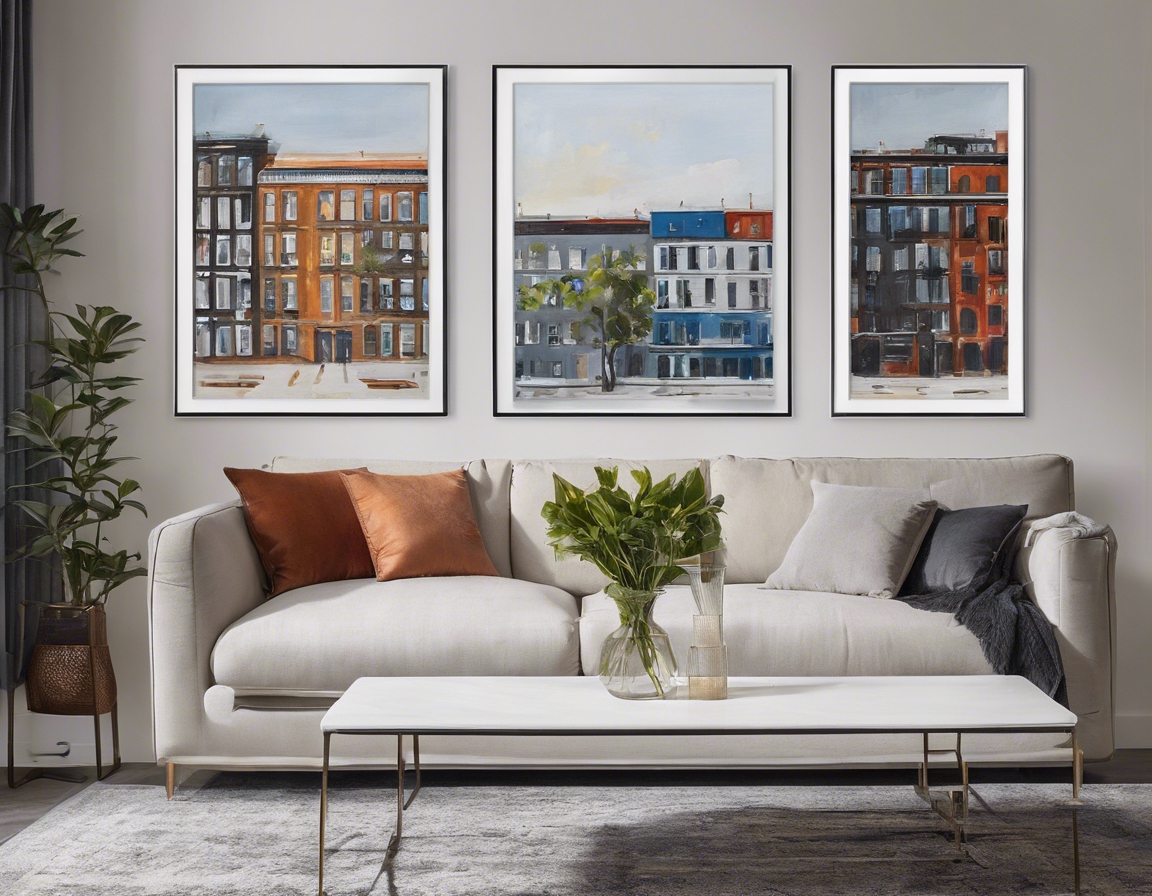

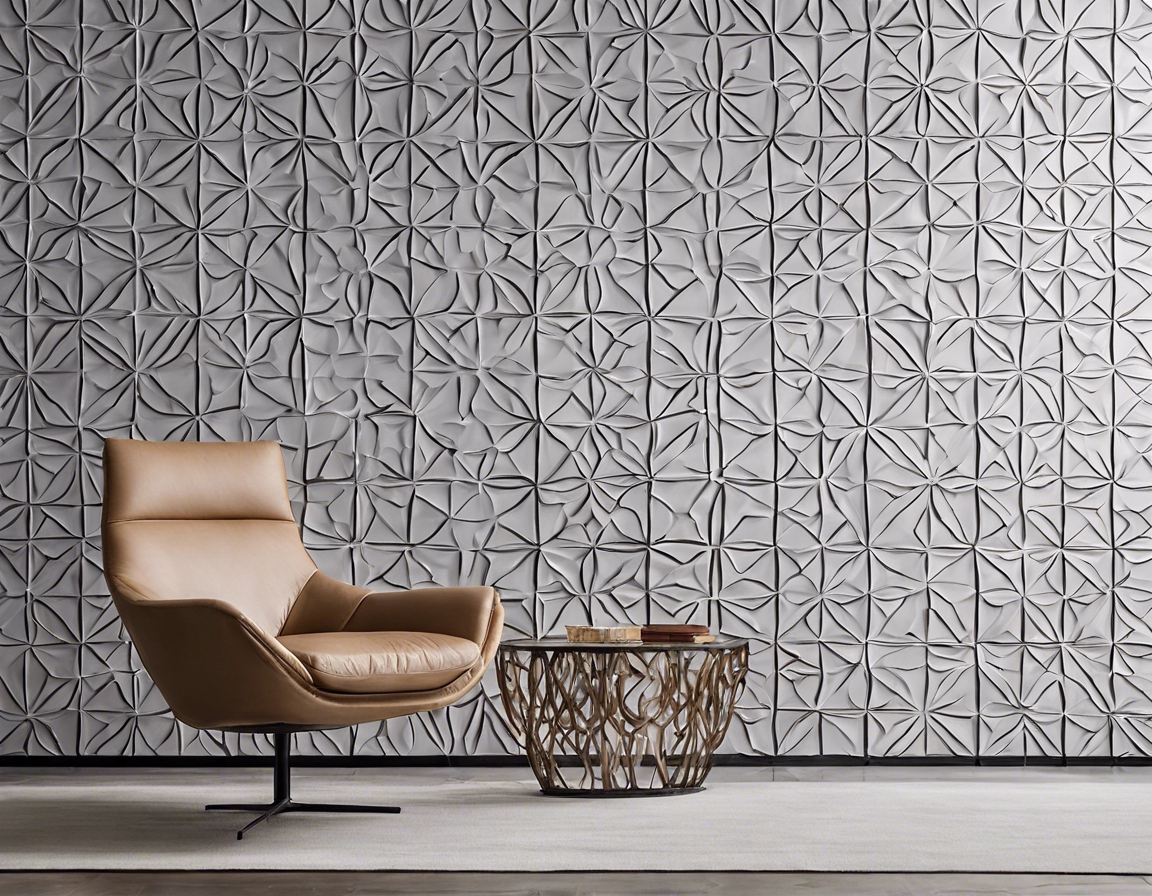
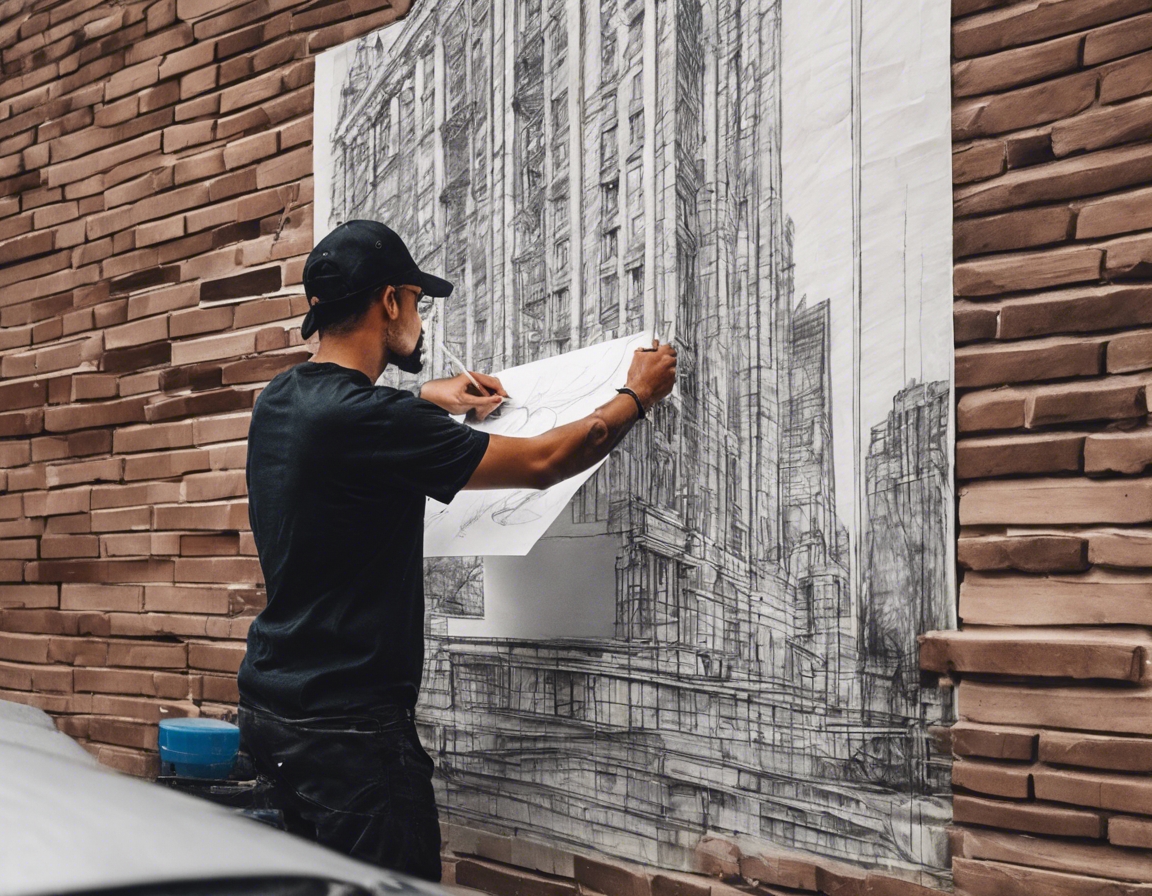
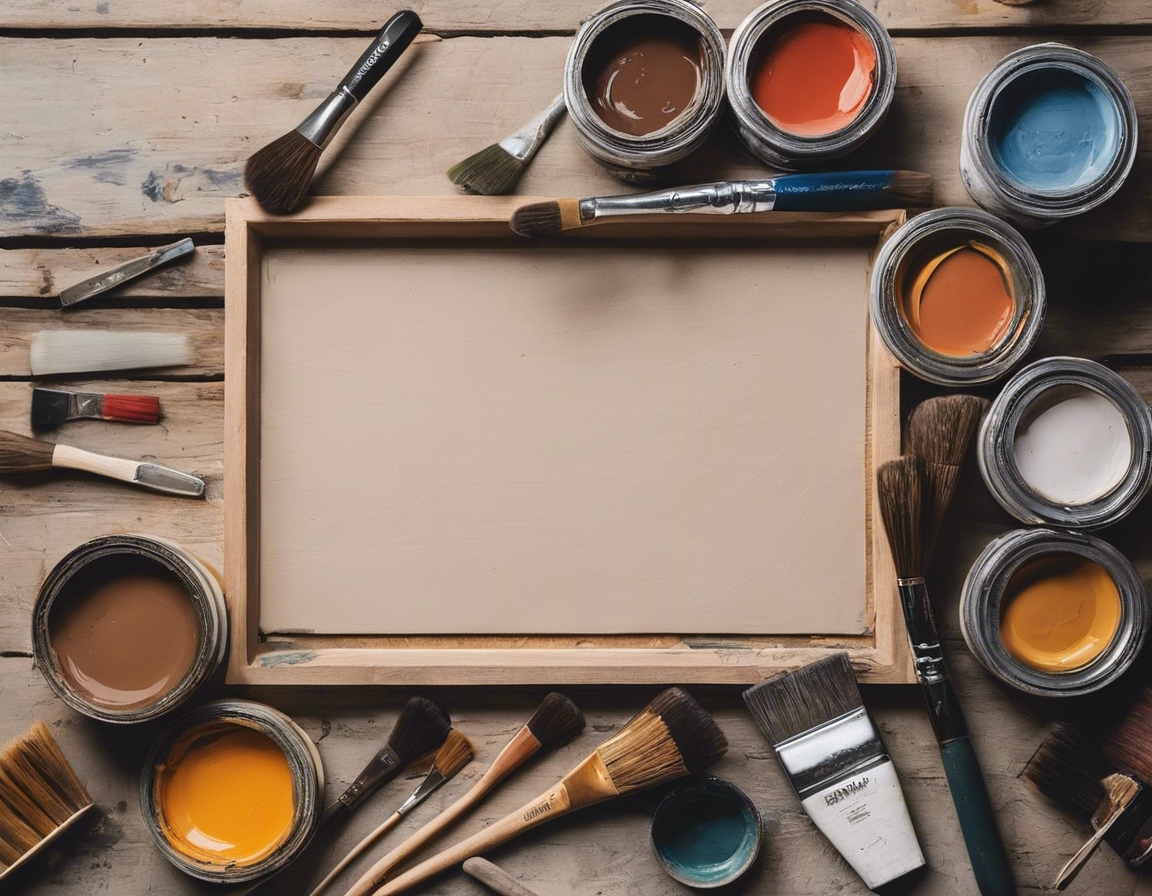
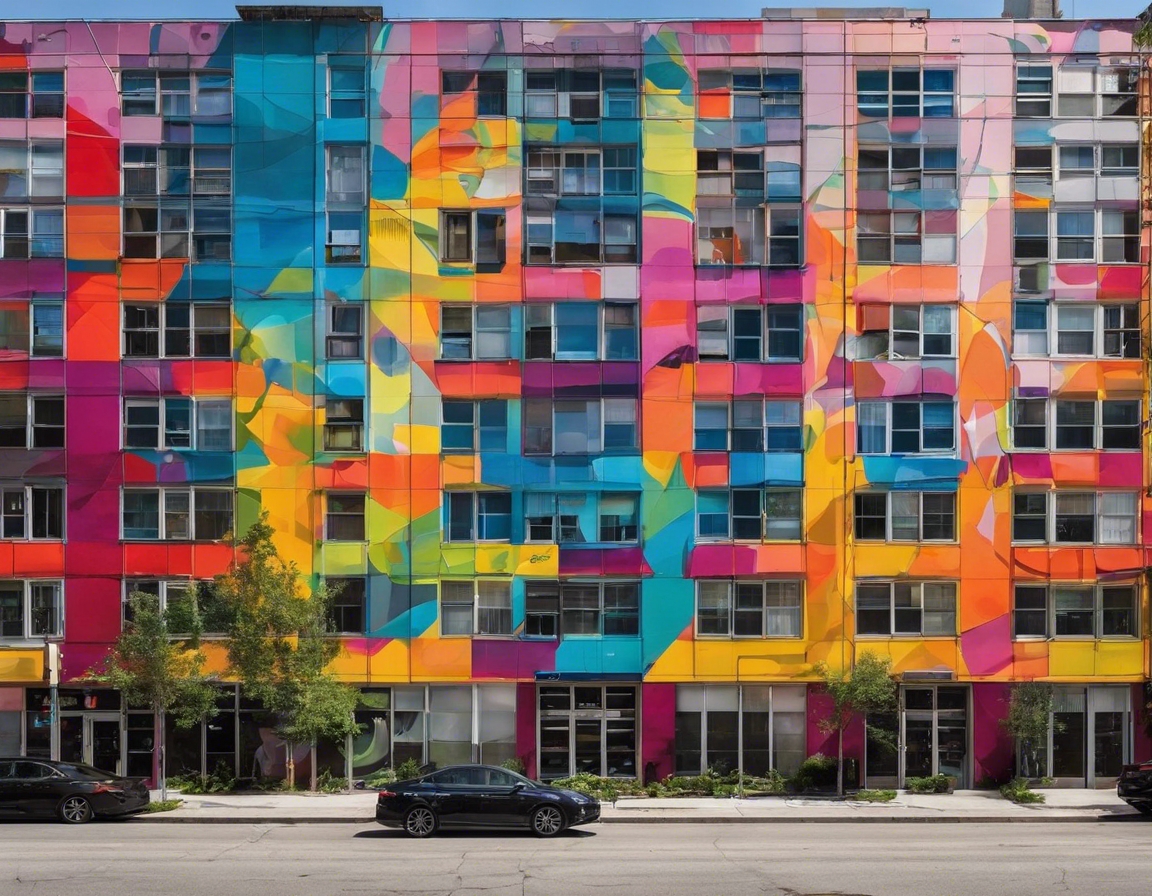
Comments (0)